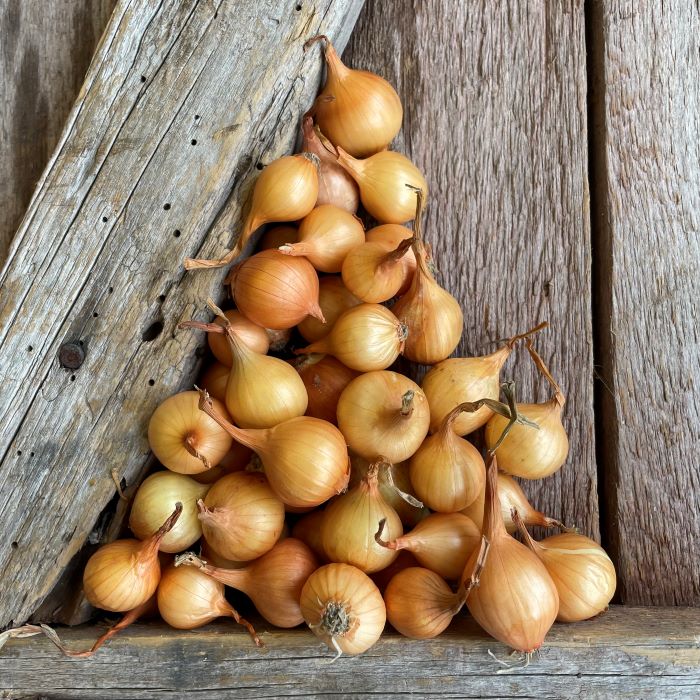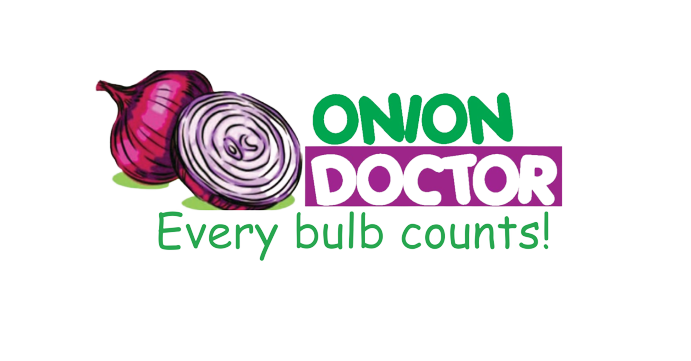Optimizing Onion Farming in Kenya: A Comprehensive Guide by Onion Doctor

Are you in need of in-depth knowledge on onion and garlic production? If yes, we are a call away. Our service chatter includes: Onion seedlings, Garlic seedlings, Farm planning services, Soil testing, Drip irrigation installation and maintenance, Agronomic support, Onion and Garlic value pack and Farm management. For free consultation, placing orders or booking a visit with an agronomist, please contact us via Call or what’s app +254703982228, Email: Info@oniondoctor.co.ke.
Embark on a journey to enhance your onion farming in Kenya with Onion Doctor, your trusted partner in agricultural success. In this guide, we focus on the critical aspects of seedbed preparation, seeding rates, and proper planting techniques. Learn valuable insights that will empower you to achieve maximum yields and profits in your onion cultivation venture.
Seedbed Preparation Onion seeds need firm, finely textured soil in the seed bed for good germination and stand establishment. Onions grow best in a soil with good organic matter and a pH between 6.0 and 7.8. Seed-bed preparation begins Onions will take between 45 and 60 days in the seedbed. During this time, they need close monitoring and regular watering or rainfall. Plant your seeds when the rains are expected and store some water just in case the rains fail or delay. the best time to sow seeds in the seedbed in Kenya is in August so that you will transplant them in October to coincide with the short rains. Locate your nursery in an area close to water, with good soil conditions, and not previously planted with crops like garlic, onions, tomatoes, etc. Start preparing your seedbed (tilling) a month before sowing to expose the pests hiding in the soil to the sun. Ensure your nursery has a fine tilth and that it is level. Beds should be one-metre wide and five to 10 metres long (you can make this longer if you wish). Depending on soil type and moisture conditions in your area, your nursery bed can be raised (two to four inches high), sunken, or flat. Raised beds are most common as they reduce the risk of over moistening the beds.
Seeding Rates and Spacing Fields should be seeded from early March through mid-April when onion beds are dry enough to avoid compaction or germination problems during planting. Seedlings are transplanted when they reach pencil thickness which is about 6-8 weeks after sowing. The seedlings are planted in 2.5 – 3 cm deep trenches at a spacing of 30cm between rows by 8cm-10 cm between plants. A path of 45 cm should be placed after every 3 rows for easy field operations. For quality seedlings and a guidebook on how to prep and space your field , we the Onion Doctor are a call away.
Planting Onions: The ideal temperatures onions need to grow are between 13 – 35 degrees centigrade. This means that onions can grow in most parts of Kenya. However, to maximize production in areas such as Ukambani and some parts in the Coastal area, one needs to invest in a greenhouse and drip irrigation. Use a bed width of 26 to 44 inches (from center to center) with 2-4 seed rows per bed. Uniform seed placement and in-row plant spacing has a major influence on bulb size and is critical to a good stand establishment. Seeds should be planted 0.5 to 1 inch deep. Avoid wide spacings which promote large bulbs with thick necks. Generally, an in-row spacing of 3 to 4 inches ensures both high total yield and a higher percentage of onions . Many types of planters are used to seed onions and all must be carefully set to maintain proper seeding depth and rate.
Onion Doctor supports small holder farmers across Africa with quality and affordable Onion and Garlic seedlings, Onion seedlings, Farm planning services, Soil testing, Drip irrigation installation and maintenance, Agronomic support, Onion and Garlic value pack, Farm management, E-extension and on-farm training for farmers to optimize on yields and get maximum profits.
